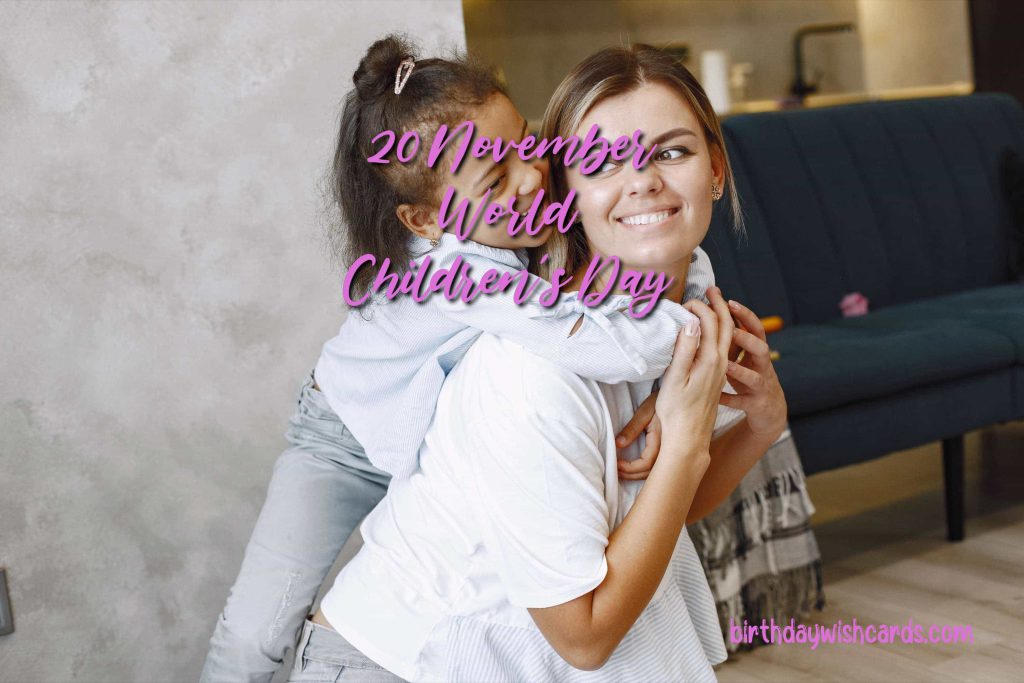
20 November: World Children’s Day – Celebrating and Upholding Children’s Rights
Understanding Children’s Rights
World Children’s Day shines a spotlight on the fundamental rights of children everywhere. Established by the UN General Assembly through Resolution 836(IX) on December 14, 1954, Universal Children’s Day was created to foster global fraternity and understanding among children. This day is dedicated to advocating for the principles and objectives set forth in the UN Convention on the Rights of the Child and to advancing the welfare of children worldwide.
November 20 is especially significant: it marks the adoption of the Declaration of the Rights of the Child in 1959 and the Convention on the Rights of the Child in 1989 by the UN General Assembly. The Convention, the most widely ratified international human rights treaty, outlines essential rights for children, including:
- The right to life
- The right to health
- The right to education
- The right to play
- The right to family life
- Protection from violence and discrimination
- The right to have their views heard and considered
World Children’s Day serves as a global platform to promote and celebrate these rights. Through international cooperation, advocacy, and action, the day encourages the creation of nurturing and inclusive environments where children can thrive.

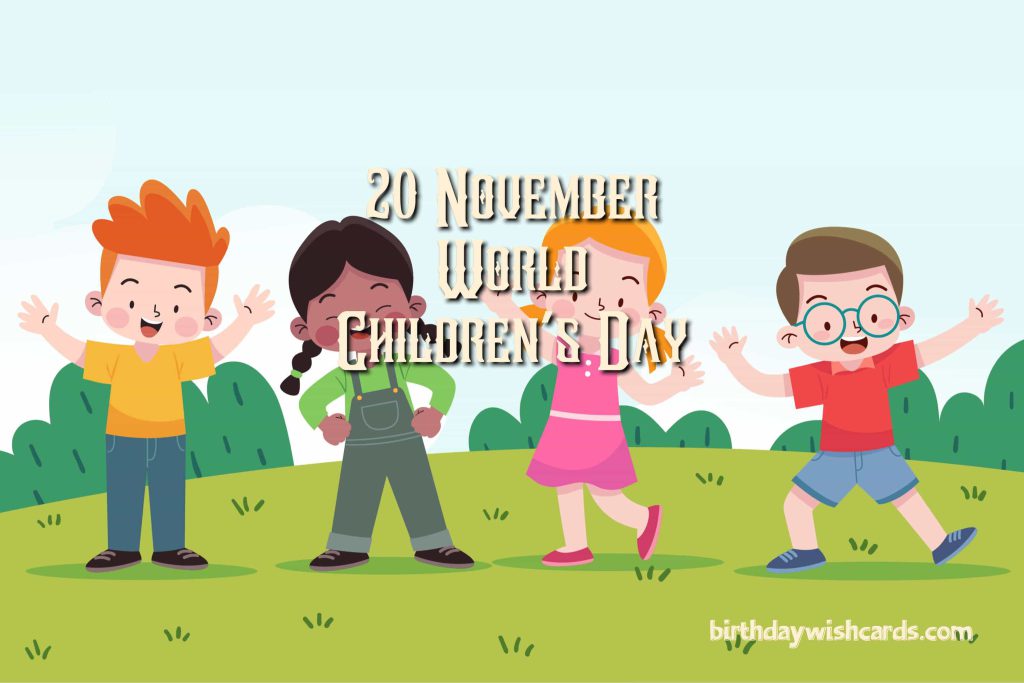
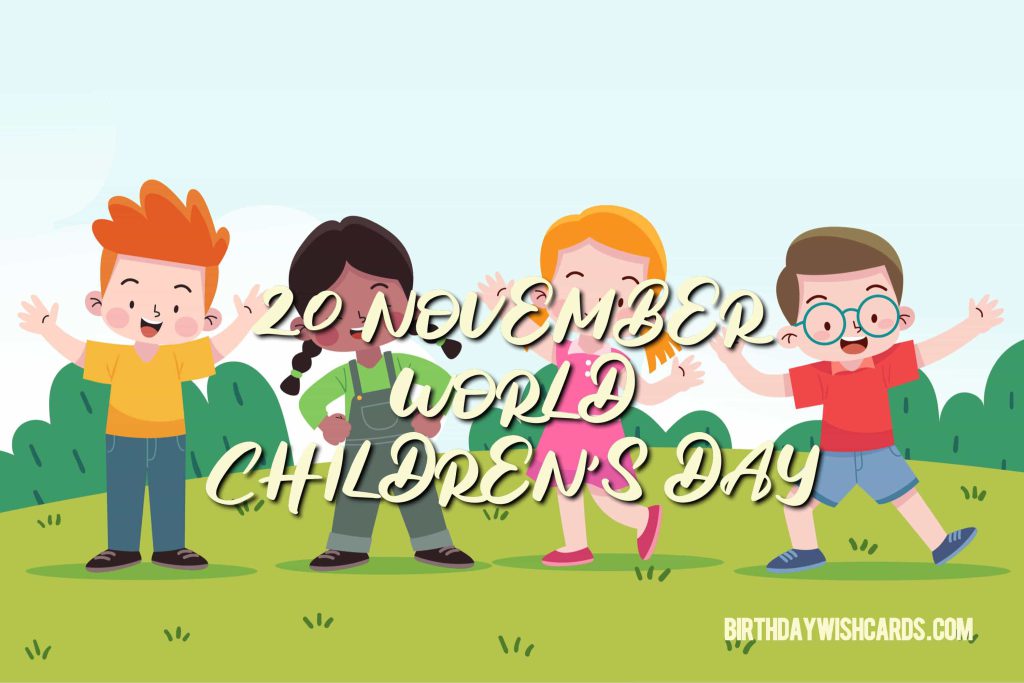
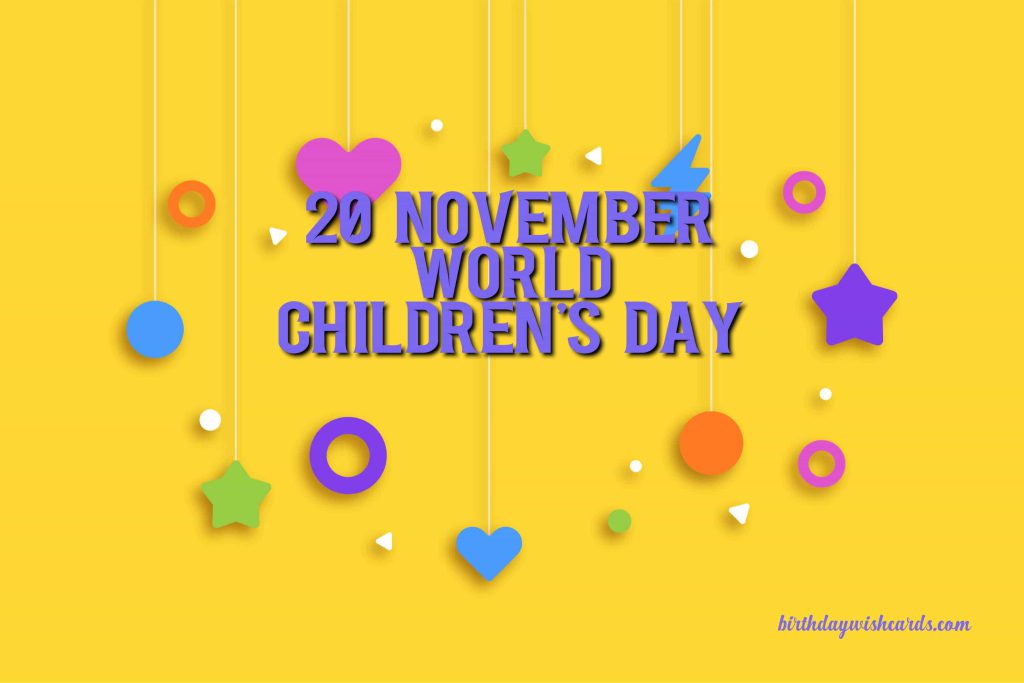

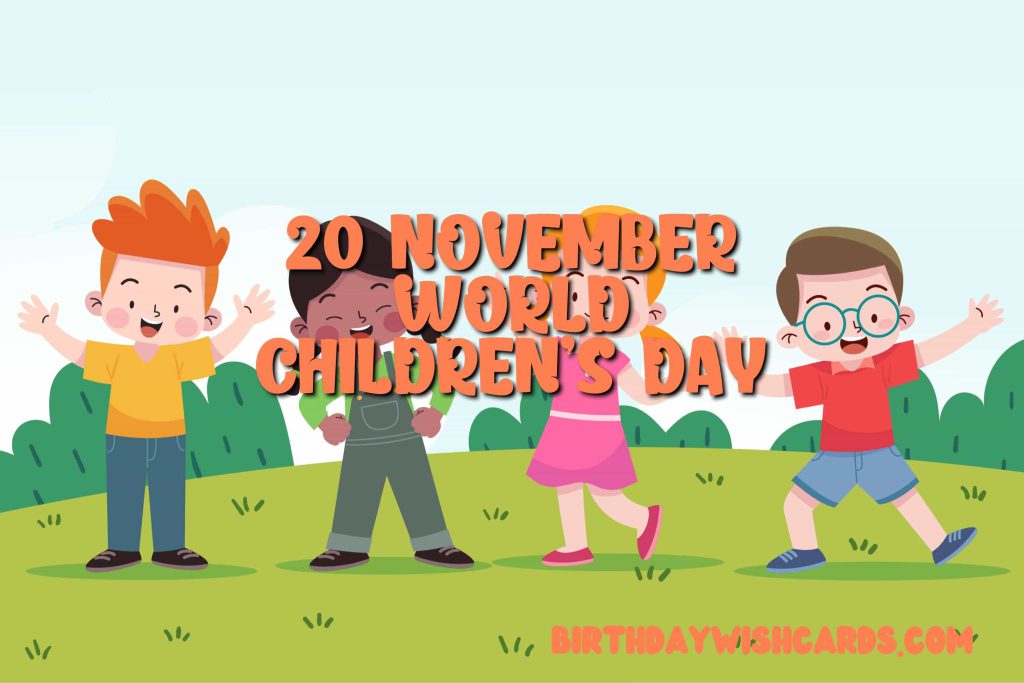
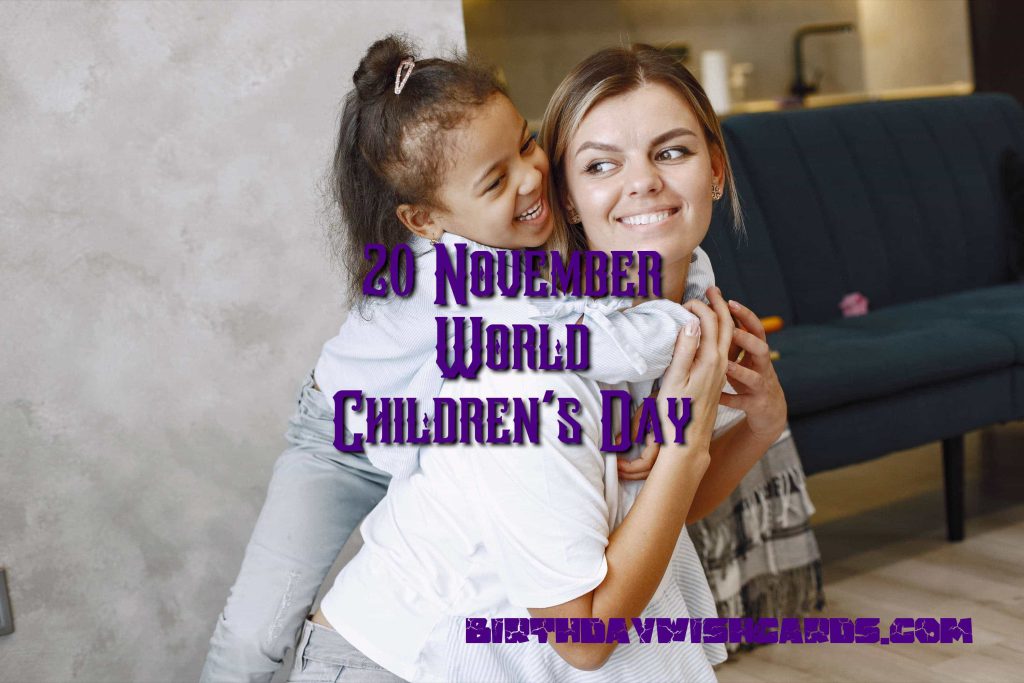
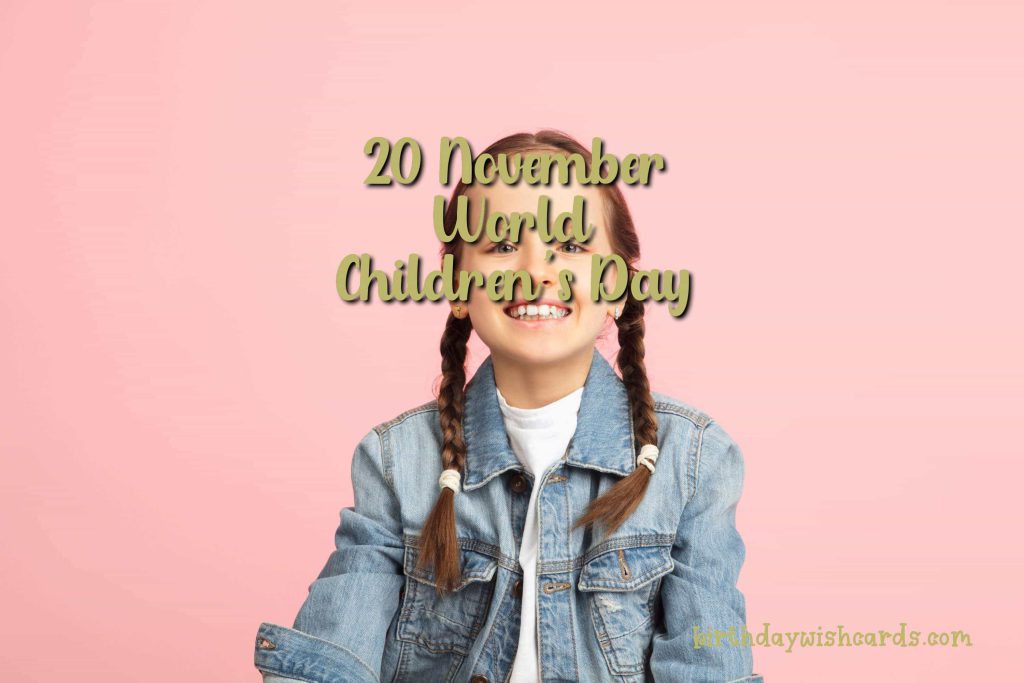

The Establishment and Significance of World Children’s Day
World Children’s Day, originally established as Universal Children’s Day in 1954, is observed every year on November 20. It provides a global opportunity to promote solidarity among children and to improve their welfare everywhere.
The date holds particular significance because:
- In 1959, the UN General Assembly adopted the Declaration of the Rights of the Child.
- In 1989, the UN General Assembly adopted the Convention on the Rights of the Child.
Since 1990, World Children’s Day has commemorated these milestones, reinforcing the worldwide commitment to protecting children’s rights and well-being. The day inspires governments, organizations, and individuals to advocate for policies and practices that support children’s development and protection.
How World Children’s Day is Celebrated
World Children’s Day is celebrated by people and organizations around the globe—parents, teachers, healthcare professionals, government officials, civil society advocates, spiritual leaders, businesses, media, youth, and children themselves. Everyone has a role in making the day meaningful within their communities.
The day serves as an inspiring entry point to advocate, promote, and celebrate children’s rights. Activities often include awareness campaigns, educational programs, community events, and policy discussions, all aimed at creating a safer and more supportive world for children. These efforts help turn the ideals of children’s rights into real, positive changes in children’s lives.
In recent years, the COVID-19 pandemic has intensified the global child rights crisis. Its impact on children has been immediate and far-reaching, affecting health, education, safety, and overall well-being. Without urgent action, these effects could have lifelong consequences.
World Children’s Day 2023 calls for a renewed commitment to protecting children’s rights during and after the pandemic, ensuring that no child is left behind.
Why Protecting Children’s Rights Matters
Children are the future of every society. Upholding their rights is essential for building peaceful, prosperous, and equitable communities. Protecting children’s rights ensures they grow up in environments where they can thrive physically, emotionally, and intellectually.
Key reasons to protect children’s rights include:
- Health and Safety: Guaranteeing access to healthcare and protection from abuse and neglect.
- Education:




